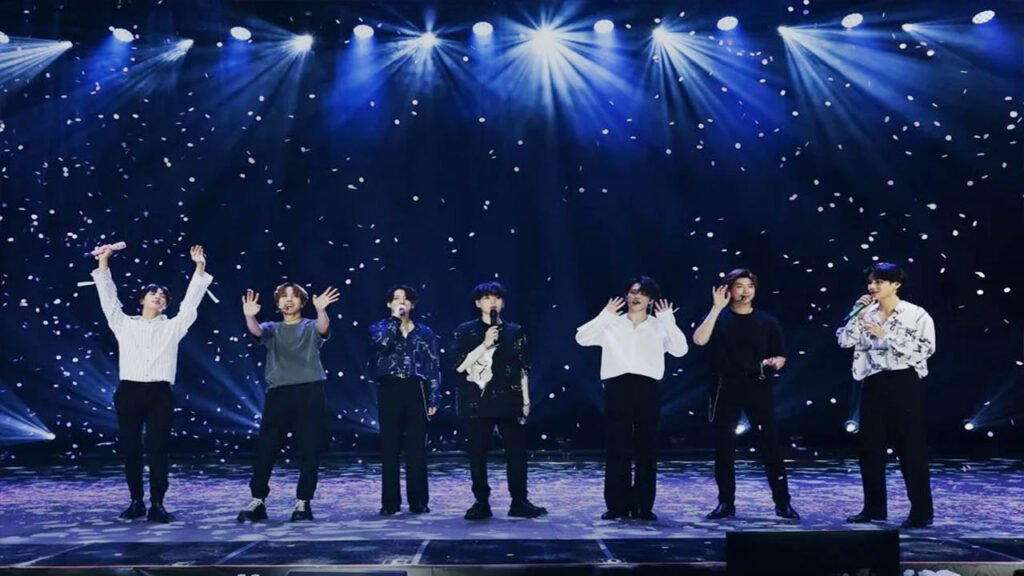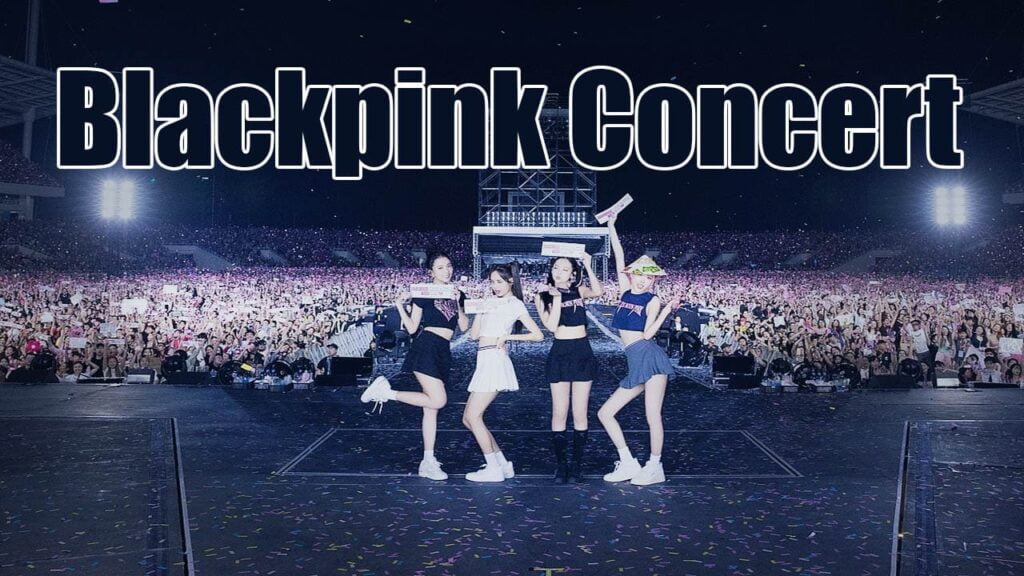Welcome to our blog post, where we explore the enchanting world of classical music through the lens of a timeless masterpiece: the classical concerto in three movements. A classical concerto is a three-movement work characterized by its structure and complexity, showcasing the genius of composers and the virtuosity of performers. Each movement unfolds like a musical journey, with distinct themes and emotions interwoven seamlessly. In this blog, we will delve into the nuances of this exquisite form of musical expression, unraveling its beauty and significance. Join us as we unravel the captivating essence of “Unveiling the Beauty: A Classical Concerto in Three Movements.”
Introduction: Exploring the Beauty of Classical Concerto
Classical concerto is a captivating musical form that typically consists of three movements. A classical concerto is a three movement work for solo with orchestrated accompaniment, creating a harmonious blend of virtuosity and orchestral richness. Dating back centuries, the classical concerto has stood the test of time, continuing to enchant audiences with its intricate melodies and dynamic contrasts.
The Structure of a Classical Concerto
Each movement of a classical concerto serves a distinct purpose, contributing to the overall emotional journey of the piece. The first movement, known for its lively tempo and bold themes, sets the stage for the soloist to showcase their technical prowess amidst a robust orchestral backdrop. The second movement contrasts the first with a more lyrical and introspective character, often evoking deep emotions and introspection. Finally, the third movement, typically a lively and spirited finale, brings the concerto to a thrilling conclusion.
The Evolution of Classical Concerto
Throughout history, composers such as Mozart, Beethoven, and Tchaikovsky have contributed iconic concertos to the classical repertoire, each adding their unique flair to the form. Today, contemporary composers continue to push the boundaries of the classical concerto, experimenting with new harmonies, structures, and instrumental combinations to keep this timeless genre fresh and relevant.

The Three Movements of a Classical Concerto
A classical concerto is a three-movement work for orchestra and a solo instrument, typically featuring a soloist showcasing their technical prowess and musical expression. Each movement in a concerto serves a distinct purpose, contributing to the overall narrative and emotional journey of the piece.
1. Allegro: The Opening Movement
The first movement, often marked as Allegro, sets the tone for the concerto. It is characterized by its lively tempo and intricate musical development. The soloist introduces thematic material that is later explored and developed in interaction with the orchestra.
This movement typically follows a sonata form, consisting of an exposition, development, and recapitulation. The soloist’s virtuosity shines through cadenzas, showcasing their technical skill and artistic interpretation of the music.
2. Adagio: The Slow and Expressive Movement
The second movement, often marked as Adagio, provides a contrast to the lively first movement. It is characterized by a slower tempo, allowing for lyrical expression and emotional depth. The soloist’s melodic lines intertwine with the orchestra in a dialogue of beauty and sensitivity.
This movement showcases the soloist’s ability to convey profound emotions through their playing, inviting the audience to experience moments of reflection and vulnerability in the music.
3. Rondo: The Final Movement Full of Energy
The third movement, often marked as Rondo, is a lively and energetic finale that brings the concerto to a thrilling conclusion. This movement is known for its recurring theme that alternates with contrasting sections, highlighting the soloist’s agility and dynamic range.
The Rondo brings together the thematic material from the earlier movements, providing a sense of closure and unity to the overall structure of the concerto. The soloist and orchestra engage in a playful exchange, culminating in a triumphant ending.

An In-depth Analysis of Each Movement
When it comes to a classical concerto, understanding each movement is essential to fully appreciate the beauty and complexity of the piece. A classical concerto is a three movement work that typically showcases the soloist or soloists in different ways throughout the performance.
The First Movement: Allegro
The first movement of a classical concerto is usually marked by its lively tempo and energetic rhythm. It serves as an introduction to the piece, setting the tone for what is to come. The Allegro movement often features intricate melodies and dynamic contrasts, captivating the audience from the start.
This movement showcases the technical prowess of the soloist, with virtuosic passages that demonstrate their skill and mastery of the instrument.
The Second Movement: Adagio
The second movement, Adagio, typically slows down the pace and allows for a more introspective and lyrical exploration of themes. This movement offers a sense of depth and emotion, providing a contrast to the exuberance of the Allegro.
- The Adagio movement often highlights the expressive capabilities of the soloist, with poignant melodies that tug at the heartstrings.
The Third Movement: Allegro
The final movement of a classical concerto is often a return to the energetic Allegro tempo, bringing the piece to a thrilling conclusion. This movement may feature brilliant displays of virtuosity and a sense of triumph or resolution.
It draws the audience in with its lively rhythms and exciting flourishes, leaving a lasting impression long after the performance ends.
The Evolution of Classical Concerto Through History
Throughout the centuries, the classical concerto has captivated audiences with its three movement structure, showcasing the interplay between the soloist and the orchestra. Originating in the Baroque period, the concerto has undergone significant changes in form and style, reflecting the musical trends of different eras.
The Baroque Era (1600-1750)
In the Baroque era, composers like Antonio Vivaldi and Johann Sebastian Bach popularized the concerto grosso, a form that pits a small group of soloists against the full orchestra. This style laid the foundation for the solo concerto, where a single virtuoso performer takes the spotlight.
The Classical Era (1730-1820)
In the Classical era, composers such as Wolfgang Amadeus Mozart and Ludwig van Beethoven expanded the concerto form, emphasizing the balance between the soloist and the orchestra. The three movement structure became standardized, comprising a fast opening movement, a lyrical slow movement, and a spirited finale.
The Romantic Era (1820-1910)
During the Romantic era, composers like Johannes Brahms and Pyotr Ilyich Tchaikovsky pushed the boundaries of the concerto, introducing more virtuosic solo passages and incorporating rich orchestral textures. The emotional depth and expressiveness of the romantic concerto captivated audiences.
Key Elements of a Classical Concerto Performance
A classical concerto is a three-movement work for a solo instrument and orchestra, characterized by its highly structured yet expressive nature.
The Soloist’s Role
Central to a concerto performance is the soloist, who showcases virtuosity, musicality, and interpretation. The soloist leads the dialogue between the orchestra and the audience.
Orchestral Accompaniment
The orchestra provides the foundation for the soloist, offering harmonic support, rhythmic drive, and thematic material. The orchestral accompaniment must balance with the soloist’s performance.
Structural Form
A classical concerto typically follows a fast-slow-fast structure across its three movements. The first movement is energetic and dramatic, the second is lyrical and expressive, and the third is lively and conclusive.
Frequently Asked Questions
- What is a classical concerto?
- A classical concerto is a musical composition usually composed for a solo instrument accompanied by an orchestra, typically in three movements.
- How many movements are usually found in a classical concerto?
- Classical concertos typically consist of three movements – fast, slow, fast.
- What is the significance of the three movements in a concerto?
- The three movements in a concerto allow for a variety of contrasting moods, tempos, and musical ideas to be explored by the composer.
- What makes a classical concerto beautiful?
- The beauty of a classical concerto lies in its intricate melodies, harmonies, and the interplay between the soloist and the orchestra, creating a captivating musical experience.
- What can listeners expect from a classical concerto performance?
- Listeners can expect to be transported through a range of emotions, from excitement and intensity in the fast movements to contemplation and beauty in the slow movement of a classical concerto.
Final Harmony: Reflecting on the Elegance of a Classical Concerto
As we explored the enchanting realm of classical concertos, we discovered the intricate beauty of a three-movement masterpiece. Each movement, with its unique character and thematic development, adds depth and richness to the overall composition. From the lively Allegro of the first movement to the soul-stirring Adagio of the second and the dynamic Finale of the third, we witnessed a symphonic journey that captivates the heart and mind.
Through the mesmerizing interplay of instruments and melodies, a classical concerto transcends time and space, offering a profound musical experience that resonates with audiences across centuries. The meticulous craftsmanship and emotive expressions woven into each note remind us of the enduring legacy of classical music.
In conclusion, a classical concerto is not simply a musical performance but a transcendent art form that speaks to the depths of human emotions and creativity. Let the timeless allure of these three movements inspire and uplift your spirit, reminding us of the everlasting beauty found in classical music.




